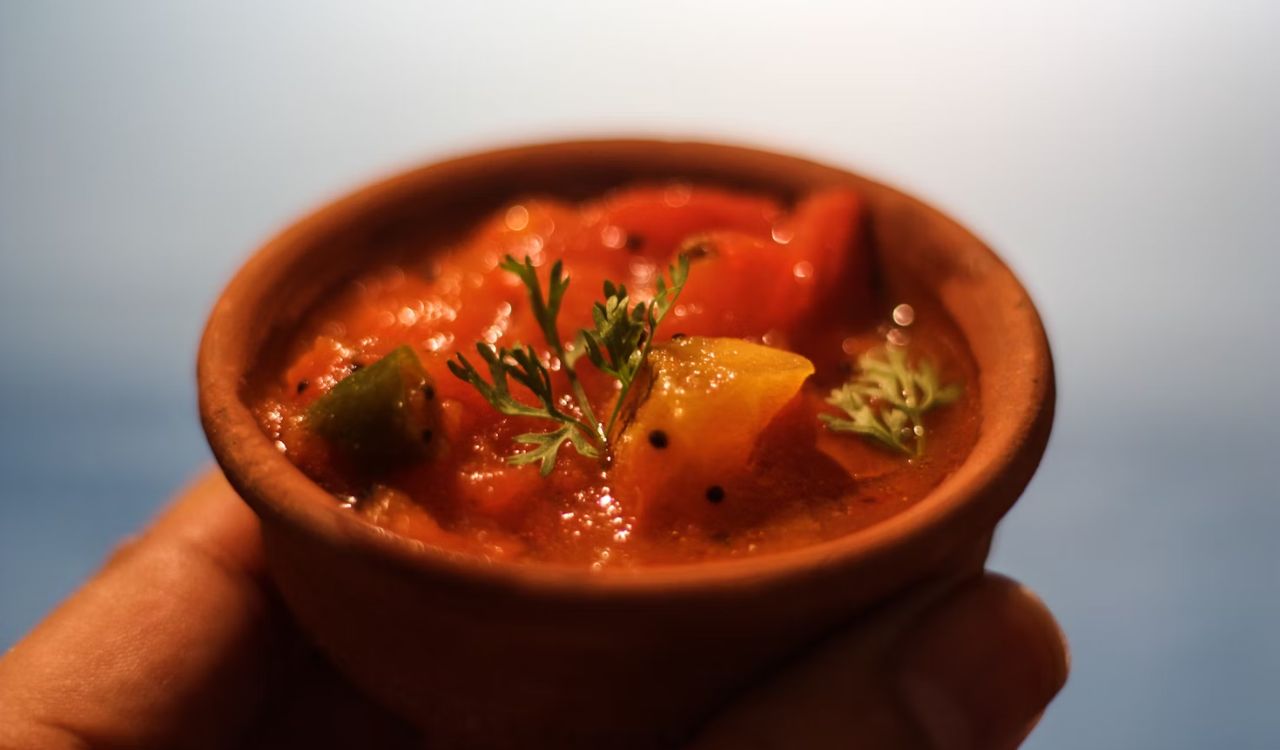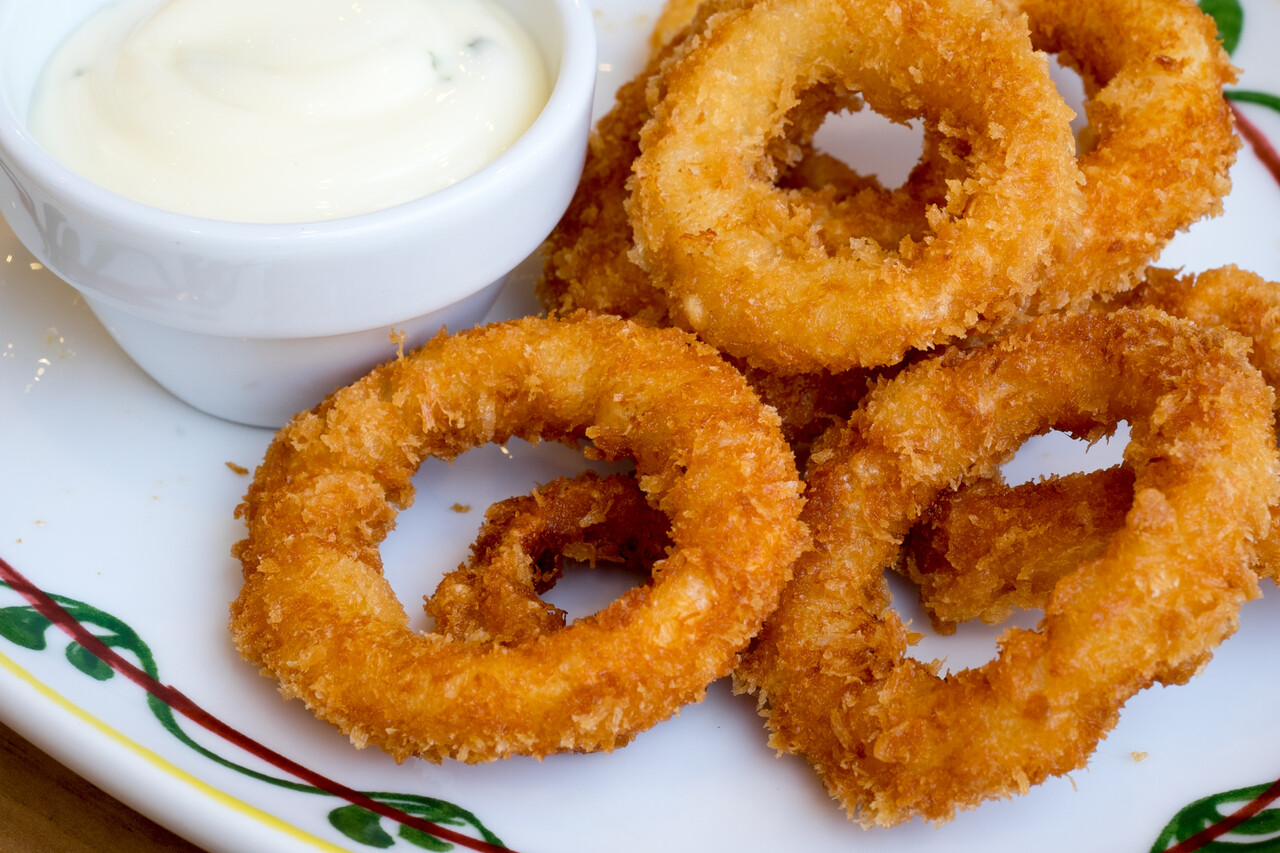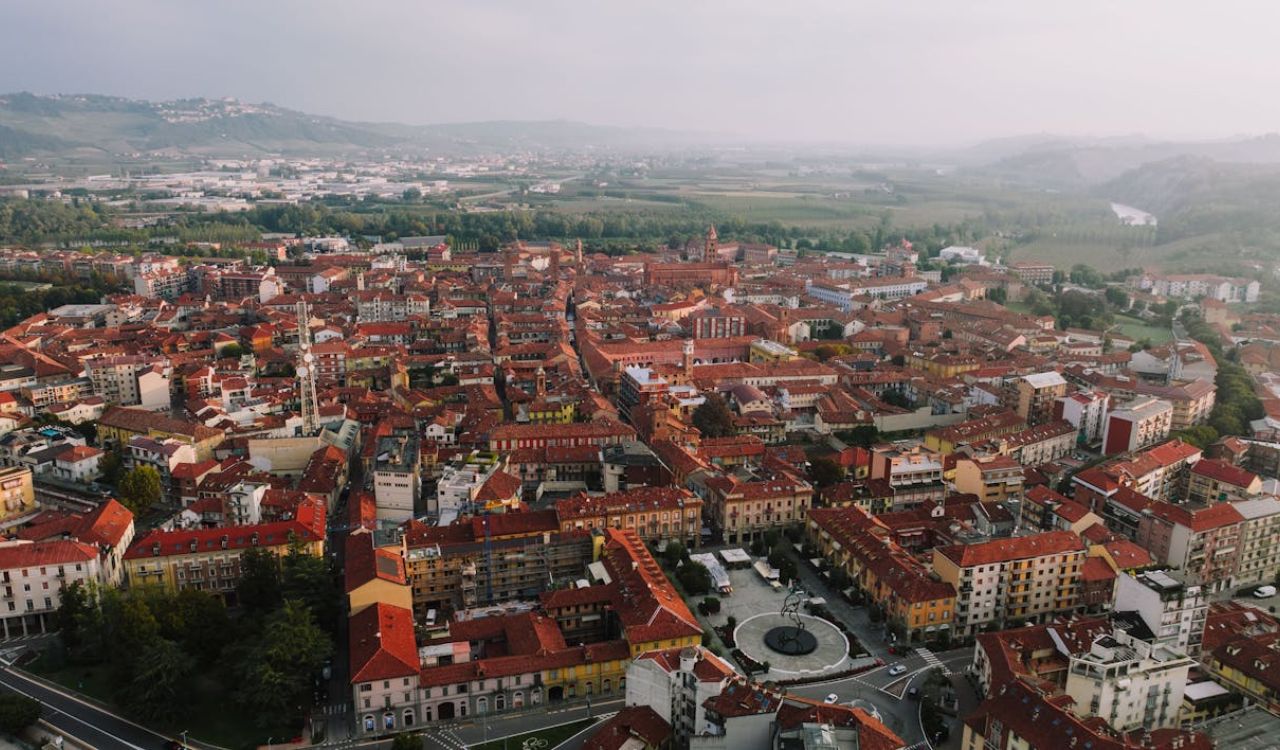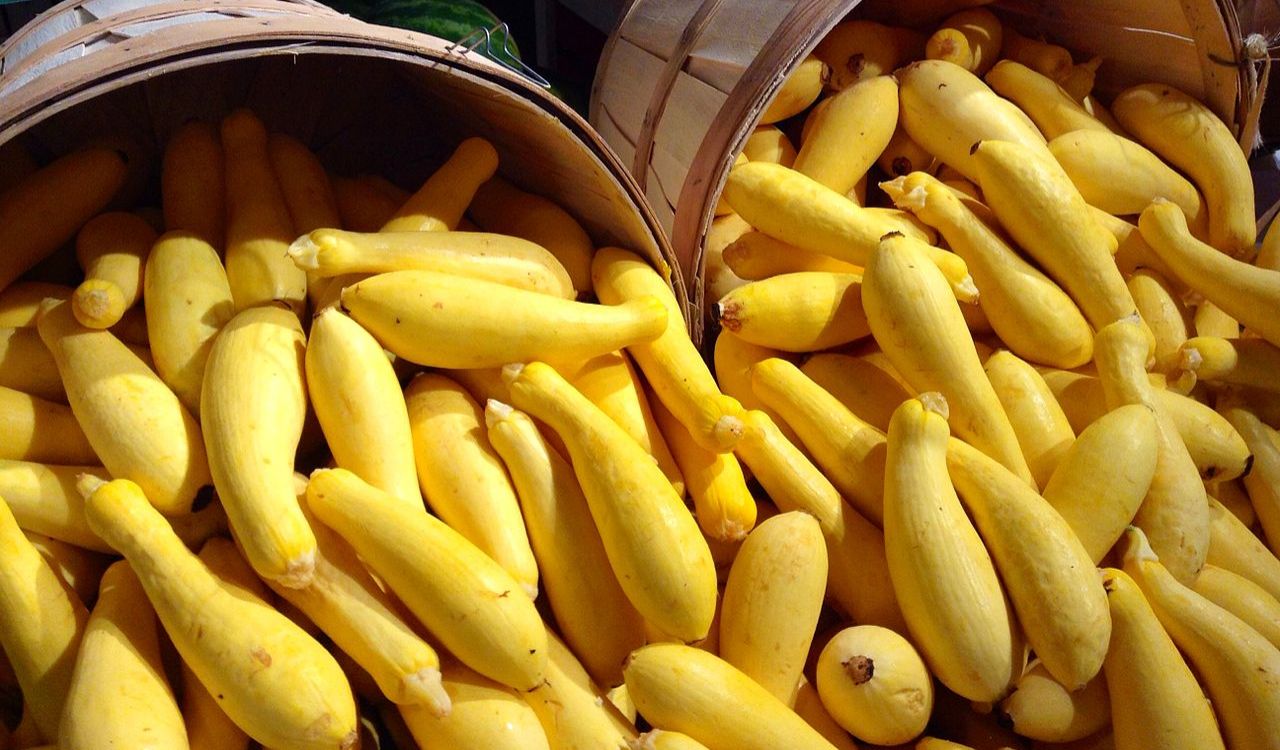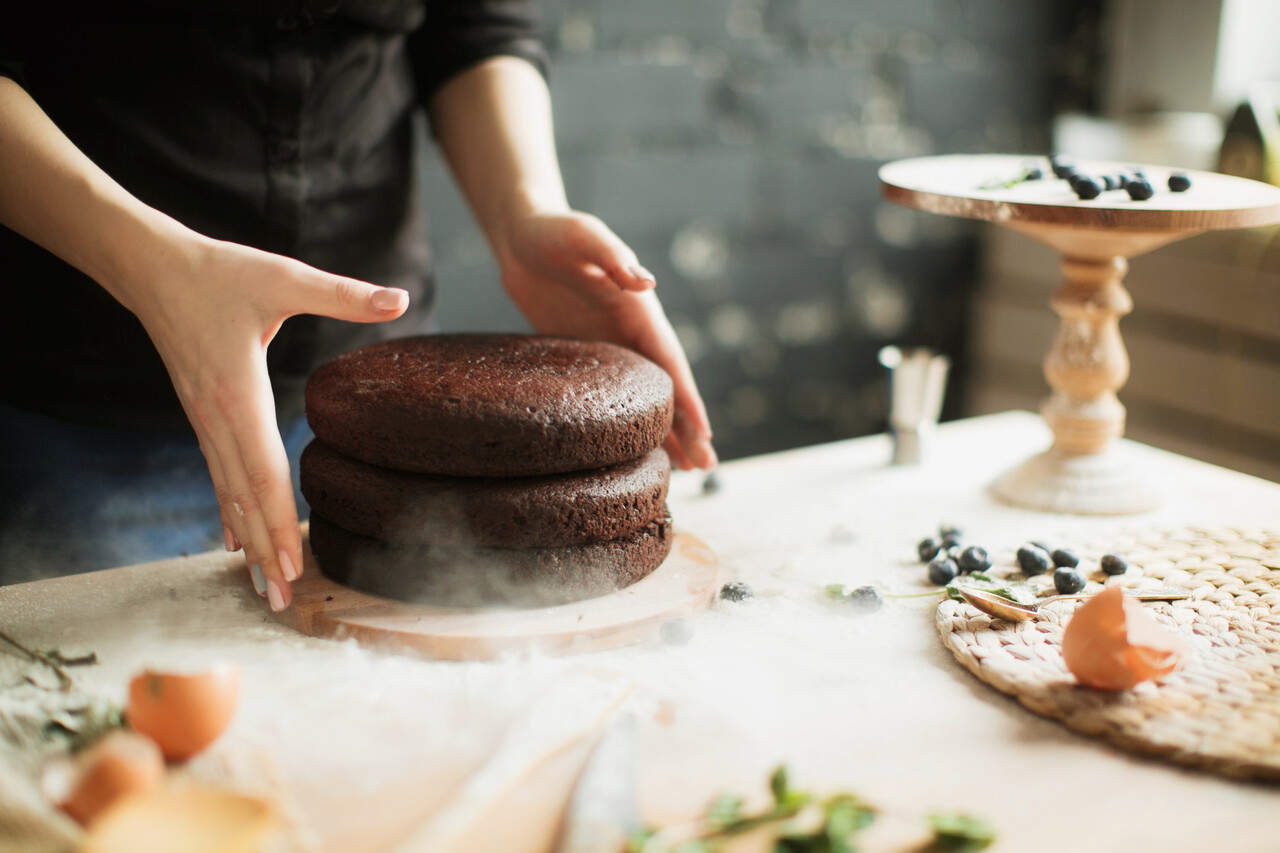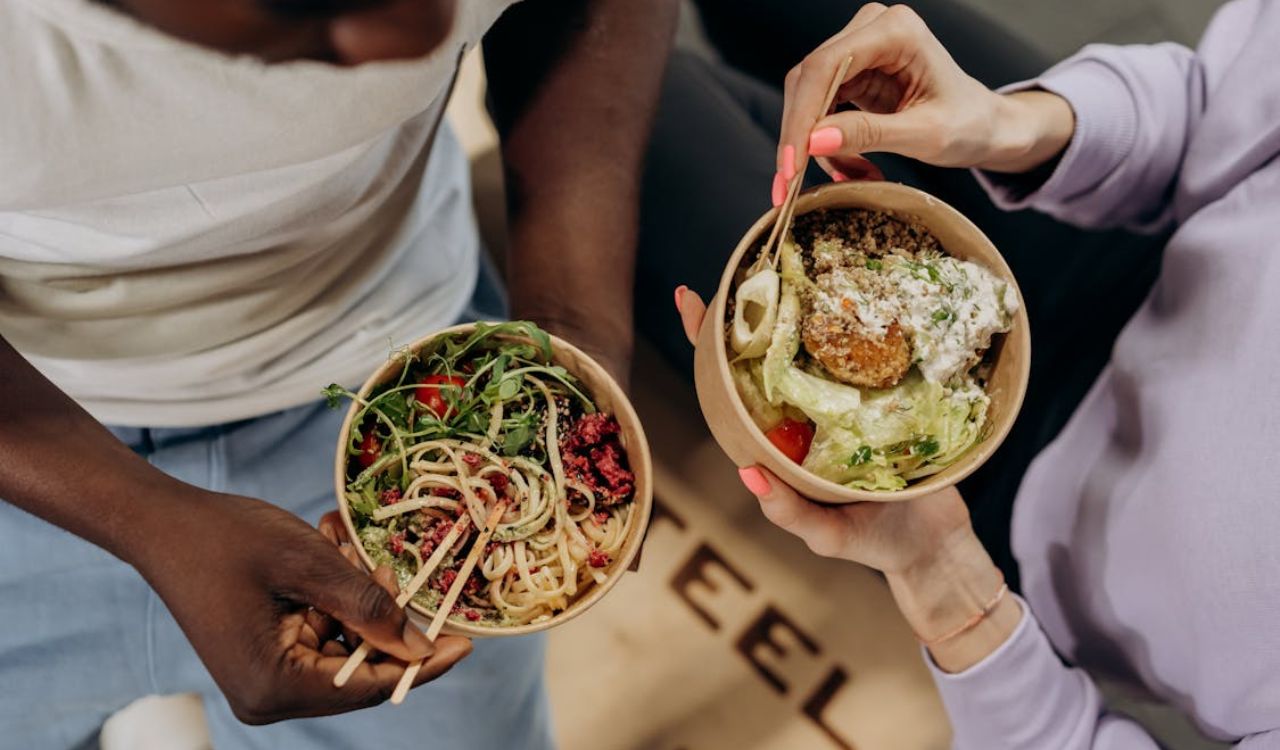9 Smart Tips for Eating Well on a Road Trip Across the U.S.
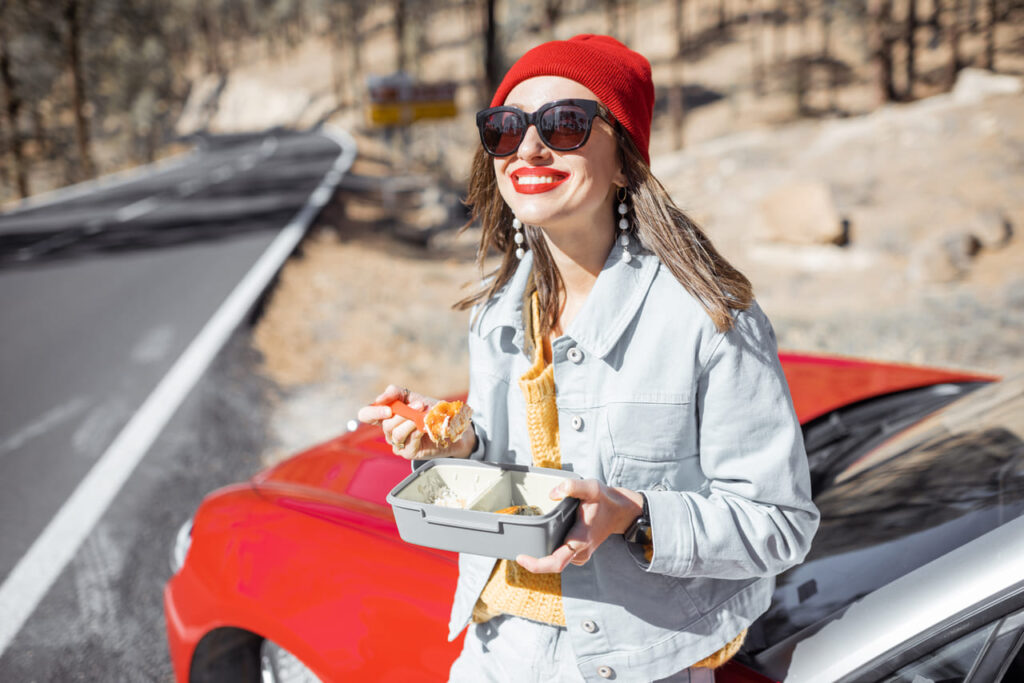
It’s easy to let your road trip meals slide into a rut of chips, coffee, and drive-thru fries. Still, eating better while traveling doesn’t have to be complicated or expensive. A few small habits; packing smart snacks, choosing better menu options, and listening to what your body really needs go a long way. The real trick? Making eating well feel just as fun and easy as the rest of the drive, instead of turning it into another hassle. Here’s how to switch up your snacks, decode gas station selections, and make healthy choices that fuel adventure from your first mile to your last.
1. Pack a Snack Box
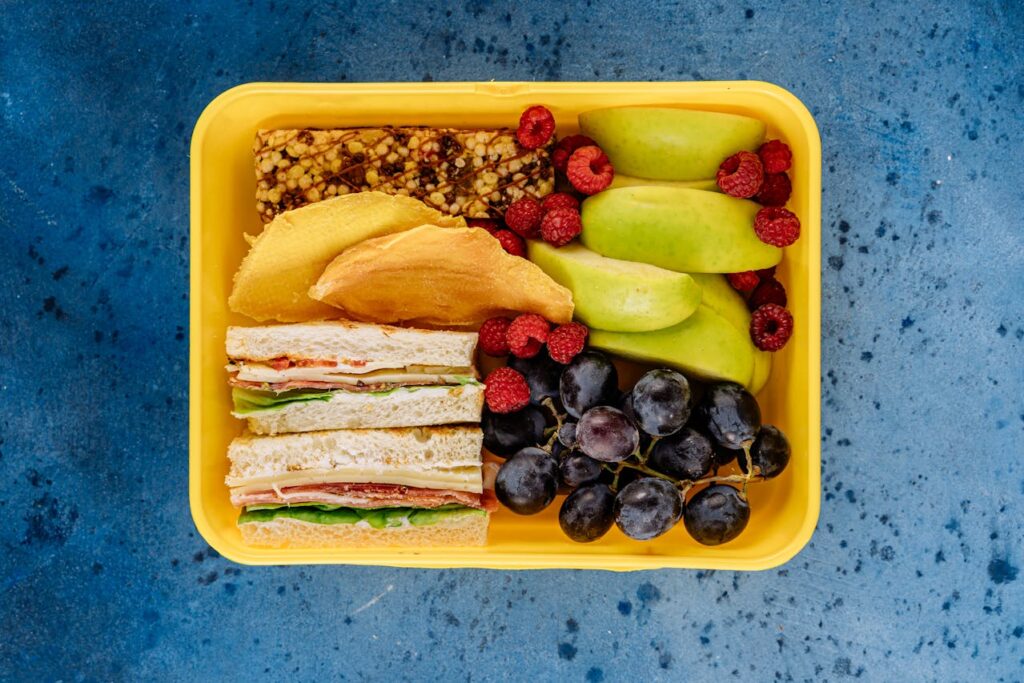
Build your own mobile pantry before you hit the road to avoid pricey and often unhealthy convenience snacks. Pack a mix of protein bars, nuts, trail mix, fresh fruit, and maybe even small sandwiches to keep you satisfied through long stretches. A cooler filled with string cheese, yogurt, hard-boiled eggs, and cut-up veggies can be a game-changer, especially for trips with kids or longer routes. With real snacks within arm’s reach, you’ll be less tempted to settle for candy, chips, or mystery “meat sticks” from the gas station.
2. Choose Protein at Every Stop
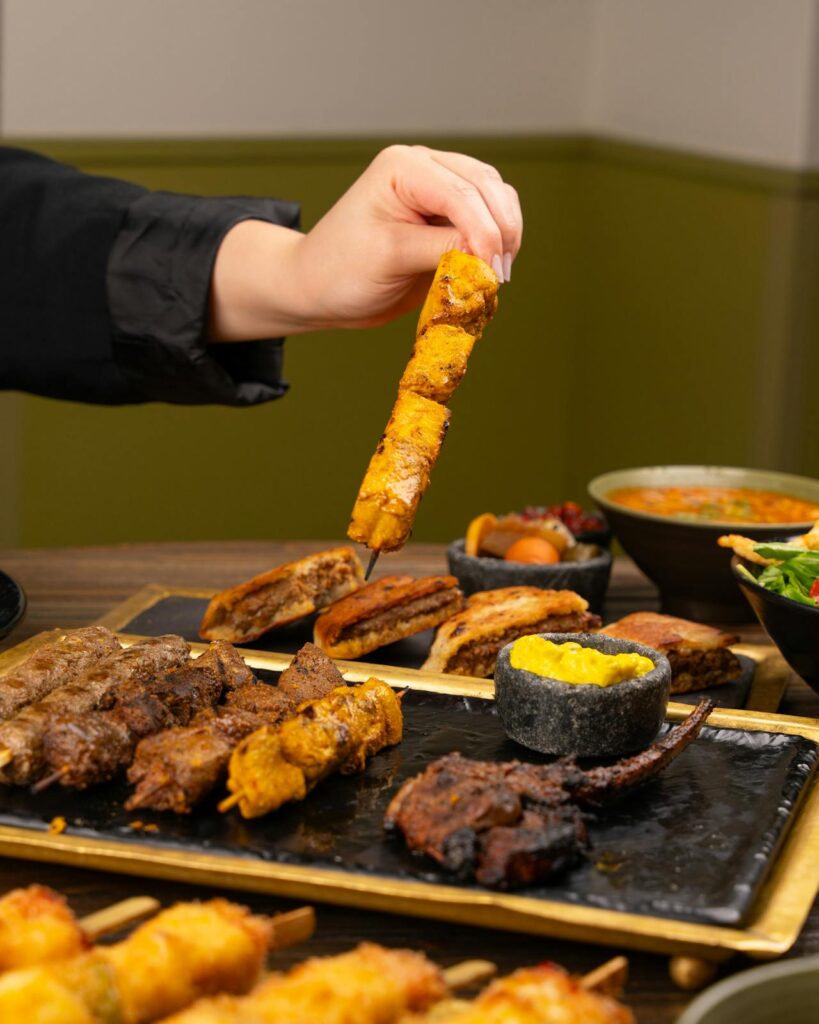
When you stop for food, look for a protein-rich option; think eggs at breakfast, grilled chicken at lunch, or beans at a taco spot. Protein keeps you full and stable, helping you avoid the energy crashes that come with carb-only meals. Diners, truck stops, and even convenience stores usually offer something with decent protein: a turkey sandwich, Greek yogurt, jerky, or even a can of tuna. Don’t be afraid to customize or ask for substitutions; most places will let you swap fries for fruit or a salad, making for a more balanced plate.
3. Stay Hydrated with Water, Not Soda

Long drives and hours in the car can dry you out without you noticing. Keep a big water bottle in the console and refill it at every stop, or bring a couple of favorite reusable bottles for the trip. If plain water bores you, add citrus slices or grab zero-calorie flavor drops. Skipping soda and sugary drinks helps avoid sugar spikes and crashes; and keeps your mind clearer for the long haul. Plus, staying hydrated often prevents mindless snacking and those tired afternoon spells.
4. Plan Your Food Stops Ahead
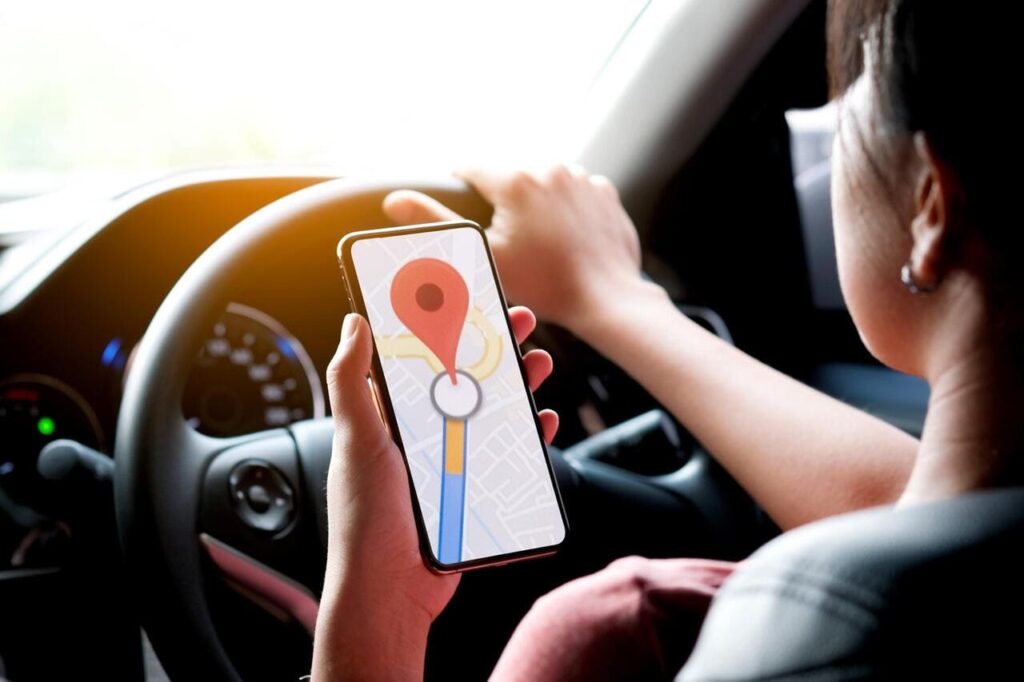
Taking thirty seconds to check a map for decent food options along your route makes a huge difference. Use an app or GPS to find fresh spots or healthier fast-food outposts, looking for places that serve real salad, grilled proteins, or vegetarian options. When you know what’s coming (and when), you’re less likely to overdo it at the first big stop or skip meals out of frustration. A little forethought means fewer hangry moments and more opportunities to try something local and better.

You don’t have to avoid every indulgent treat just to eat well on the road. The trick is sharing. Split that slice of pecan pie, pass around a basket of fries, or order one milkshake with four spoons. Sampling this way lets you enjoy fun, regional flavors without regrets or sugar crashes. You still get the full experience of those “must-try” stops, while feeling good enough to keep driving, take in the views, or make that late-night stretch of the trip.
6. Pack Portable Breakfasts

Too often, the first meal of the day ends up being something from the back of a gas station. Break that habit by packing options like overnight oats, hearty breakfast bars, or even pre-made sandwiches that heat quickly in a hotel microwave. These simple choices make mornings easier and healthier, giving you fuel that actually lasts. A solid breakfast keeps you from caving to pastries or drive-thru meals and sets you up with steady energy for a day of adventure.
7. Keep Portion Sizes in Check
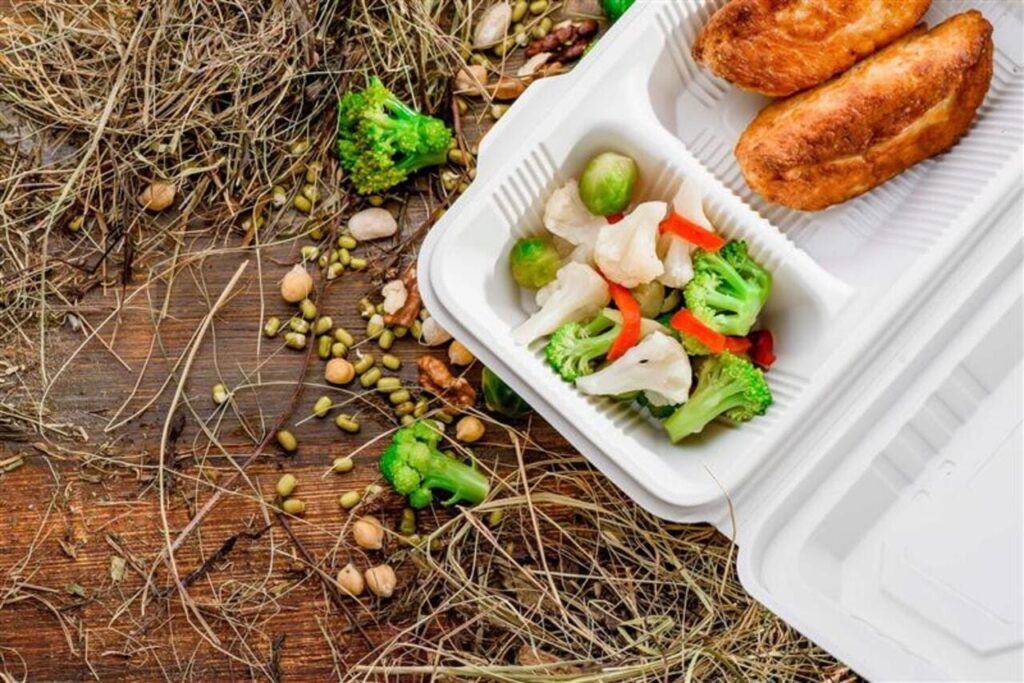
Highway diners and restaurants are known for oversized portions that can weigh you down. Instead of finishing everything in front of you, split a meal with a travel buddy, ask for a half-portion, or box up leftovers immediately to save for later. Eating smaller, more frequent meals helps you avoid the heavy post-meal slump and keeps your energy steady. That way, you’ll feel lighter, more alert, and ready to stay focused and comfortable for the miles ahead.
8. Bring Simple Cooking Gear
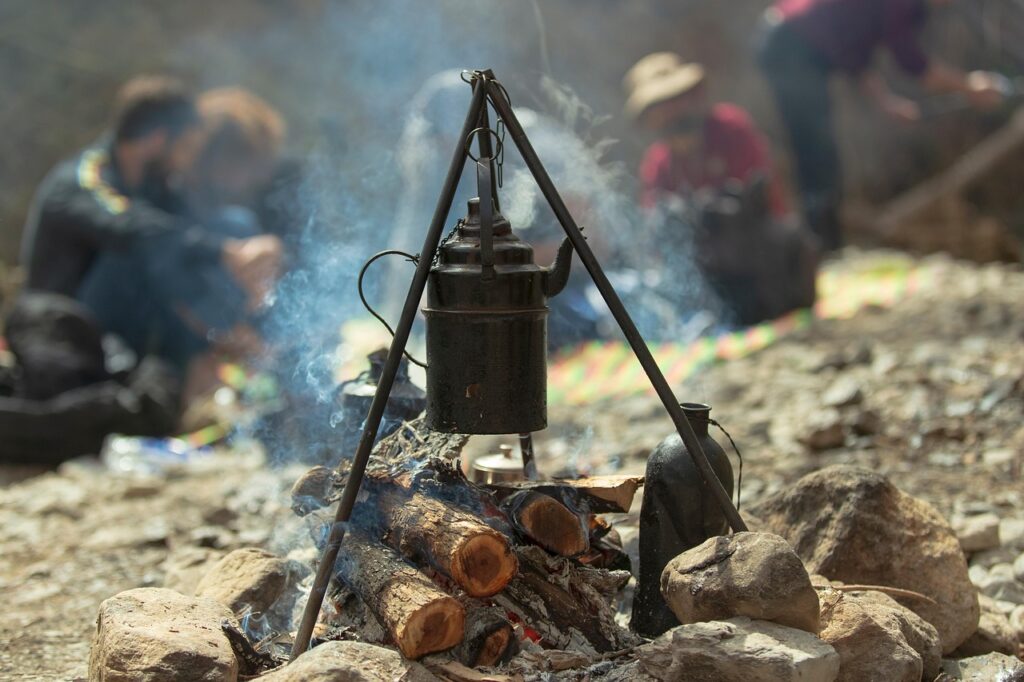
If your trip includes hotels, campsites, or rentals with kitchen space, bringing a small cooler and a portable electric kettle or sandwich maker can completely change how you eat. With simple gear, you can pack pre-cooked grains, instant soups, or wrap ingredients and put together quick, healthier meals on the road. These options cut down on fast food, save money, and give you more control. Even swapping takeout for a homemade dinner just a couple nights makes a big difference.
9. Listen to Your Body
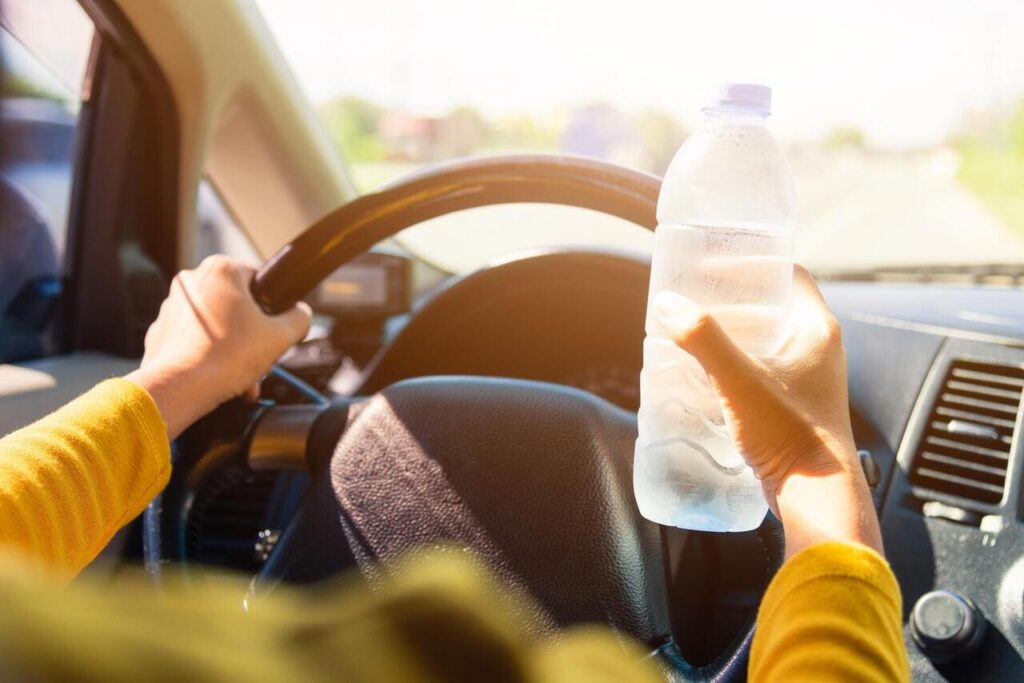
One of the most underrated road trip tips is simple: pause and ask if you’re truly hungry, or just bored, tired, or thirsty. Learning to eat only when you’re actually hungry, and stopping once you’re full, works better than following any strict diet rule on the road. Pay attention to cravings, hydration, and even taking breaks to stretch. That way, every food stop feels satisfying and keeps your energy and mood steady instead of leaving you sluggish.


